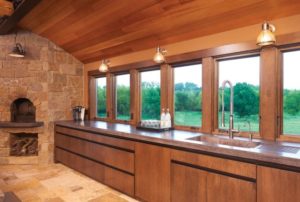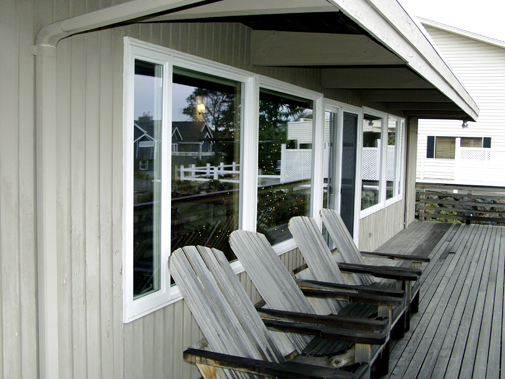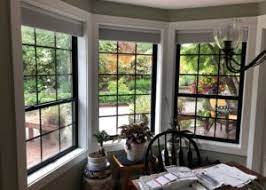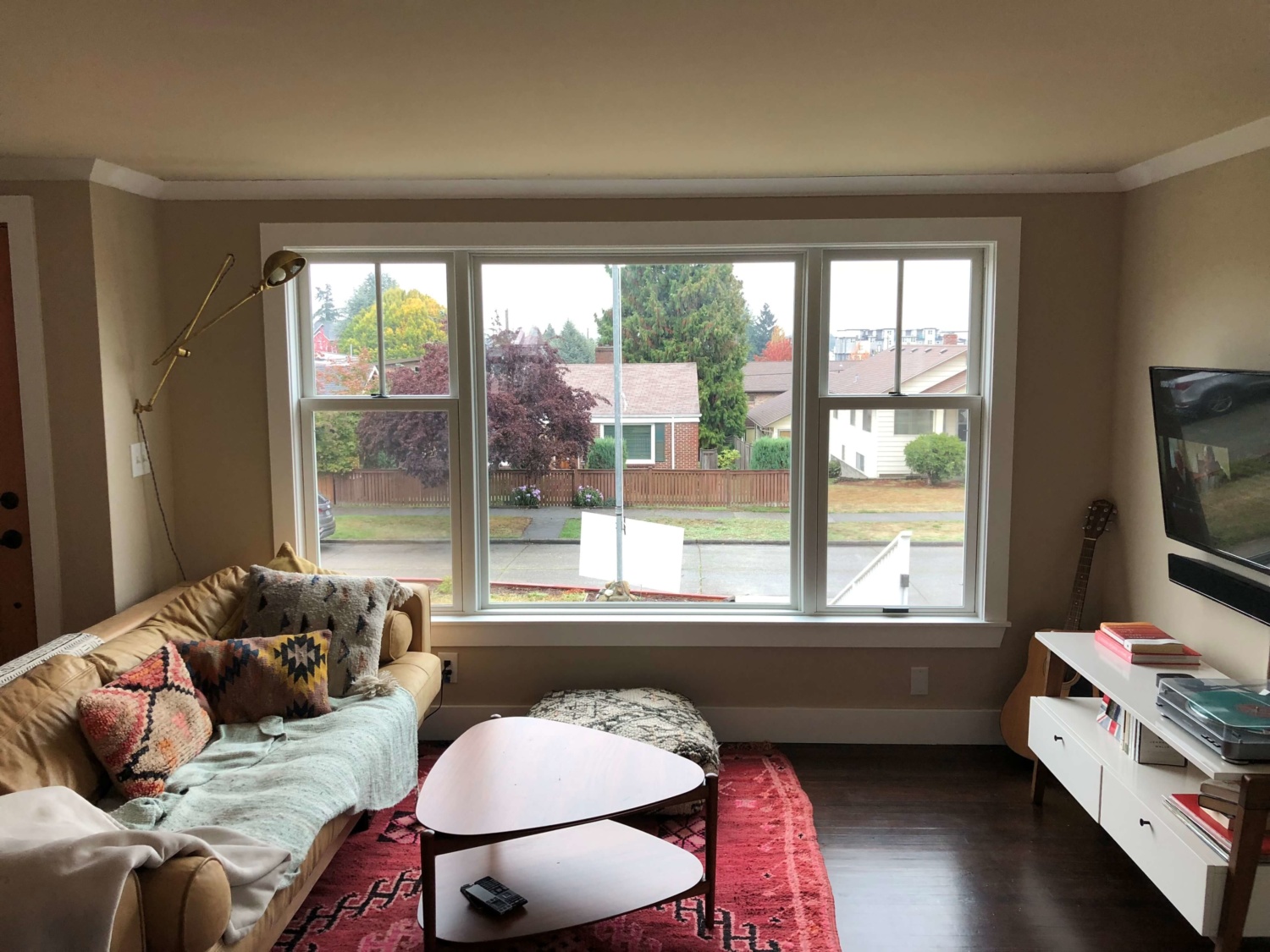Black mold is not something you ever want to find in your home because if it continues to accumulate it can be hazardous not only to the structure of your home but also to your health and wellbeing. And did you know that moisture accumulation is common when you get replacement windows in Seattle, WA? This is because old, leaky windows allow the moisture to escape. But new windows feature better seals and insulation, which is great for energy savings but can trap unwanted moisture inside your home. Keep reading to find out if mold is a risk in your home and what you can do to prevent it.
Why Does Mold Form on Windows?
Mold growth is typically the result of prolonged exposure to moisture. And the moisture around your windows usually stems from condensation. Several factors can contribute to condensation. It is normal for condensation to appear after cooking in the kitchen or taking a shower. This type of condensation will disappear on its own with ventilation. But chronic condensation on your windows could be the result of a plumbing leak, humid air getting into the home, or a poorly installed window. And because moisture can drastically deteriorate the structures of the home, it is important to find the root of the problem as soon as possible.
How to Tell if Mold is Growing On your Windows
Moisture damage and mold growth usually start small. This is why it is so important to inspect your new windows at least once a month to check for signs of damage or moisture accumulation. Early signs might include discoloration or soft spots around the window frame. If the moisture is left too long it can lead to darker spots and peeling paint. And in the case of more extreme moisture damage, you will eventually notice sagging drywall or warped walls and floorboards. Hopefully, the damage doesn’t get to this point.
How to Prevent Mold Growth
As with most home maintenance, prevention is key. A few things you can do to prevent water damage and mold growth is to regularly ventilate the home. Open a few of the windows for 10 to 15 minutes every day to help circulate the air the force humid air back outside. You also want to run the exhaust fans any time you cook or shower. This will help lower humidity levels. It is also important to wipe away condensation any time you see it forming on or around the windowsills.

How to Remove Mold from Window Frames
With a little know-how, proper protective equipment, and a few tools and cleaning products you can safely remove small amounts of surface mold on your own. But if you are dealing with more than just surface mold it is important to contact mold remediation experts for full removal.
The moisture accumulation you notice when you first get replacement windows in Seattle, WA should dissipate as the house acclimates. During this period it is important to regularly ventilate the home and wipe down the condensation so it does not become a problem. You even might want to invest in a dehumidifier until the problem no longer persists. Find us on the web to stay ahead with our latest releases.






